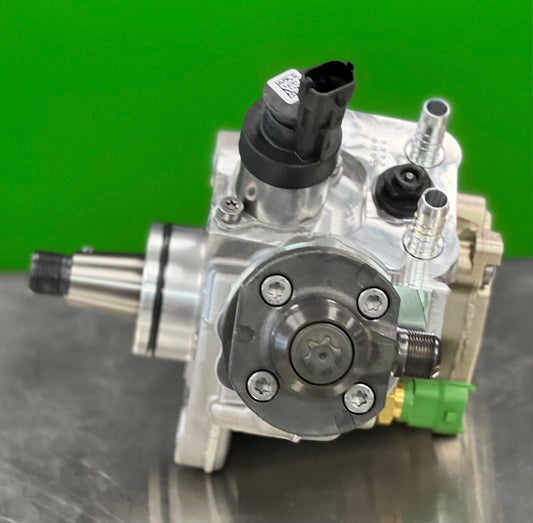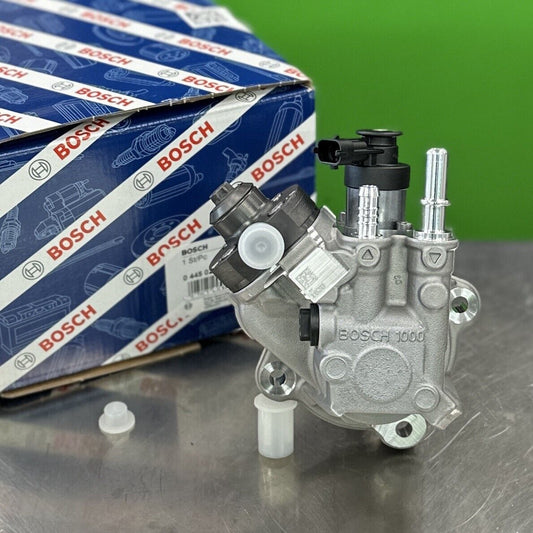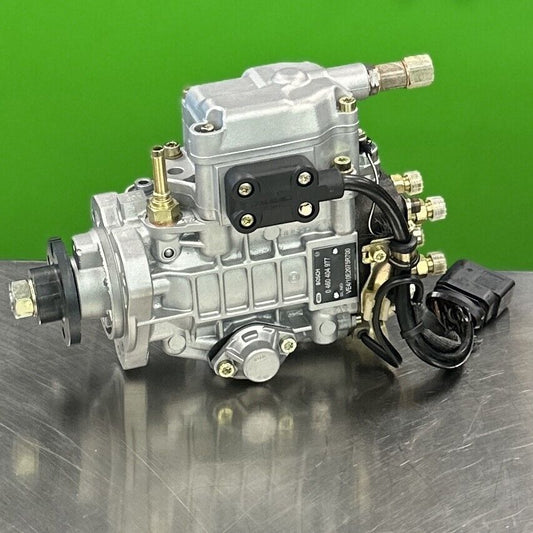10 Steps for Using Actuators in Diesel Engines
What are actuators and why are they important in diesel engines?
Actuators play a crucial role in the functioning of diesel engines. They are devices that convert electrical signals into mechanical motion, allowing precise control over various engine components. Actuators are essential for optimizing engine performance, improving fuel efficiency, and reducing emissions.
Step 1: Understand the types of actuators used in diesel engines
There are several types of actuators commonly used in diesel engines, including fuel injectors, turbochargers, exhaust gas recirculation (EGR) valves, variable geometry turbochargers (VGT), and wastegates. Each type serves a specific purpose and requires a different control mechanism.
Step 2: Familiarize yourself with the control system
Before using actuators in diesel engines, it's important to understand the control system that governs their operation. This includes the engine control unit (ECU) and associated sensors, which provide input signals to the actuators.
Step 3: Ensure proper installation
Actuators must be installed correctly to ensure optimal performance. Follow the manufacturer's guidelines and specifications for installation, including torque values, electrical connections, and mounting procedures.
Step 4: Calibrate the actuators
Calibration is a critical step in using actuators effectively. It involves adjusting the actuator's parameters to achieve the desired performance and meet engine requirements. Consult the engine manufacturer's documentation for specific calibration procedures.
Step 5: Test the actuators
Before deploying the diesel engine, it's essential to test the actuators to ensure they are functioning correctly. Use diagnostic tools and procedures recommended by the manufacturer to verify the actuator's response to various control signals.
Step 6: Monitor and analyze actuator performance
Regular monitoring and analysis of actuator performance can help identify potential issues and optimize engine operation. Use diagnostic tools and data logging systems to track actuator behavior and compare it against expected values.
Step 7: Perform maintenance and servicing
Actuators, like any other engine component, require regular maintenance and servicing. Follow the manufacturer's recommendations for cleaning, lubrication, and inspection intervals to ensure long-term reliability and performance.
Step 8: Troubleshoot actuator-related problems
If you encounter issues related to actuators in diesel engines, it's important to troubleshoot the problem systematically. Consult the engine manufacturer's troubleshooting guide and seek professional assistance if needed.
Step 9: Stay updated with advancements in actuator technology
The field of actuator technology is constantly evolving, with new innovations and improvements being introduced regularly. Stay updated with the latest advancements to leverage the full potential of actuators in diesel engines.
Step 10: Follow safety guidelines
When working with actuators in diesel engines, always prioritize safety. Follow all safety guidelines provided by the engine manufacturer and use appropriate personal protective equipment (PPE) when necessary.
By following these 10 steps, you can effectively use actuators in diesel engines, optimize engine performance, and contribute to a more efficient and sustainable future.



